This year a new knifemakers organization was announced by Ed Fowler. It seems to me that Ed is a polarizing character in the custom knife world. Most of the controversy that I am aware of centers on his heat treating methods and the results he says that he has achieved. I would think that a lot of the controversy could be put to sleep if Ed would publish the metallurgical results from a recognized, independent lab but for whatever reason he chooses not to do that. And to be fair, as far as I know none of his detractors have had an independent metallurgical lab test one of Ed’s knives and published the results either. And so as it is so often in life, it’s a case of “he said vs. he said”
Ed is an interesting person who has authored articles in Blade magazine, one or two books about knifemaking, and also has made DVDs about his knifemaking methods. He teaches his bladesmithing methods at his shop in Riverton, Wyoming. Visually Ed’s knives are a style of his own and that style is repeated whether the knife is large or small, at least that is normally the case as far as I know. The examples of his knives that I have seen and handled had sheep horn handles, brass guards, and what I would describe as long ricassos. At least longer than what is generally seen.
Visually I like Ed’s knives in that they are different than what is currently in vogue, and to me reflect an independent spirit. The ones that I have handled were comfortable in the hand and had very durable appearing sheaths. I have never owned one of Ed’s knives and am not able to comment from personal experience as to how they perform.
Ed has some followers that are knifemakers who emulate his knives partially or wholly as to blade shape, ricasso length, steel type, handle material, and guard material. I assume they may partially or wholly use his heat treating methods as well.
This year Ed resigned from the American Bladesmith Society and later announced a new knifemakers organization, the HEPK. I believe that stands for High Endurance Performance Knife. It appears to me to be very loosely organized, and Ed has published on his forum the mission statement and requirements to be a HEPK Mastersmith.
The HEPK, like the ABS, uses “Mastersmith” to distinguish a particular level of skill that a smith has reached. Although the word is the same the tests to award that status are quite different. Both organizations have their own Mastersmith performance tests but the ABS also tests for design, fit, and finish. I believe, although I do not know for sure that the HEPK as an organization is performance oriented and less concerned with fit, finish, and embellishment.
I do not know if the HEPK has a website but some information about it can be found on Ed’s forum http://www.knifetalkonline.com/smf/ . I was not able to find a membership list, a list of Mastersmiths, any planned events, a mailing address, an email, a phone number, or any of the other things that one normally associates with a new organization looking toward the future. One thing that Ed has categorically stated is that there will never be any dues.
The ABS was first incorporated in 1976 I believe. From a small beginning to the present it has grown to now having about 1100 dues paying members. The ABS has done many things to boost its membership and further its goals. It has its own yearly show, puts on hammer-ins, has schools, has established a ranking system for member smiths, publishes a magazine, advertises, etc. Despite doing all those things, the current membership is just about 1100. That is approximately the number of students and staff at the High School in the town where I live. To me that speaks as to how small the custom knife world really is and how hard it must be for like organizations to get members. Since Ed has stated that the HEPK has a no dues policy, members might be easier to acquire; many people do want something for nothing.
Free, volunteer help in organizations is great, but in today’s world some money is needed to accomplish much. Without dues, and unless financing comes from somewhere else, I am unable to see any way that the organization can grow to be very large. Eventually, if the organization does grow, things like printing, advertising, stamps, phone bills, publishing newsletters or a magazine, office space and supplies, etc. will require money. Perhaps the goal is to keep it small and informal, in that case very little money would be needed.
I would think that a maker wanting or needing to sell knives would ask himself if being a member of an organization is going to be beneficial to him, and if the prospective customer will take the organization’s standing within the industry into account when considering a purchase. Whether or not you are a fan of the ABS it is an established organization and a Mastersmith ranking helps makers charge more for their work. It remains to be seen if being a HEPK Mastersmith will be as helpful.
Of course getting paid for the knives one makes is not always a motivating factor for the maker. If that is the case then as far as financially speaking goes it makes little difference what organization the maker is or isn’t a member of.
What the future holds for the HEPK I have no idea and could only make pointless speculations. In ten years we should have a pretty good idea, and in thirty six or seven years those of us that are still around will know for sure.
I for one think that the more pro-knife related organizations we have the better the future will be for knife makers, knife owners, and knife enthusiasts.
copyright Bill North 2013
Postscript: Since I originally wrote the above I have seen the link www.hepk.org When I went to that address it took me to Ed’s forum and not to a HEPK dedicated site. Perhaps that was temporary and the link will go to its own site in the future.

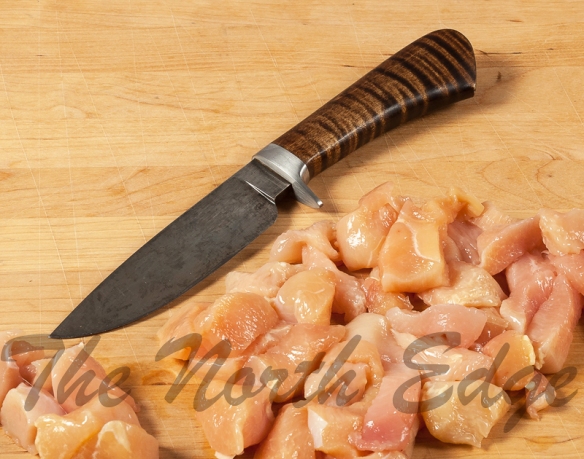
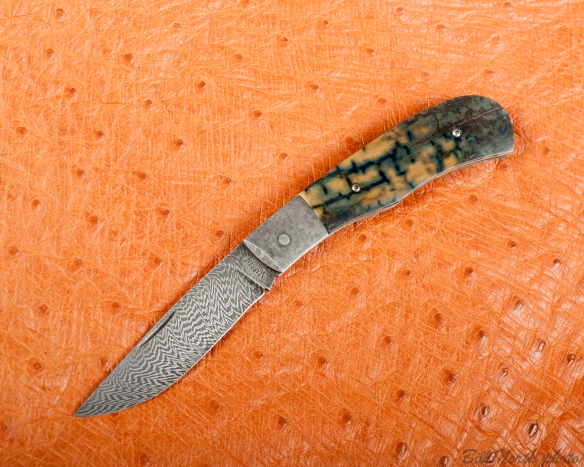
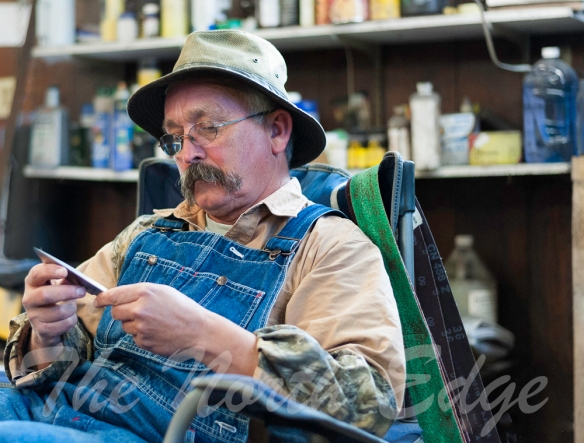
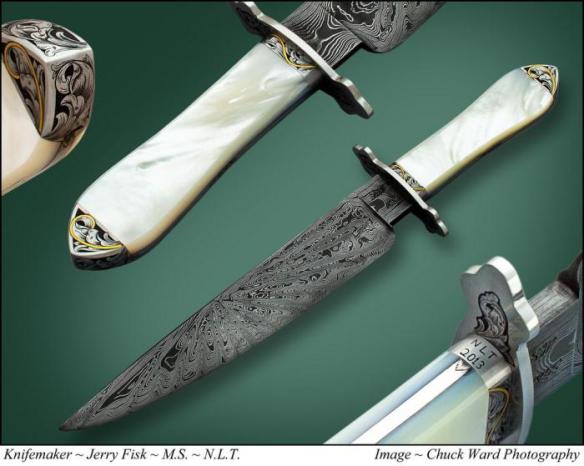
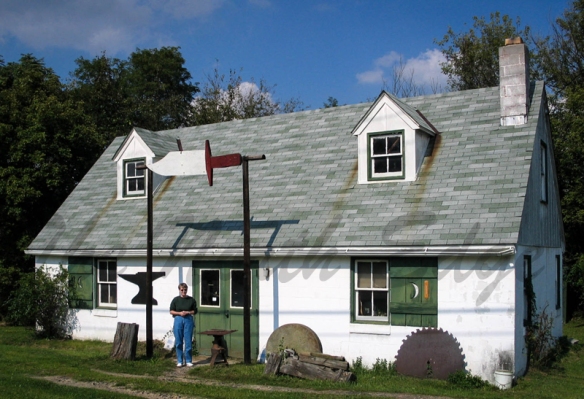
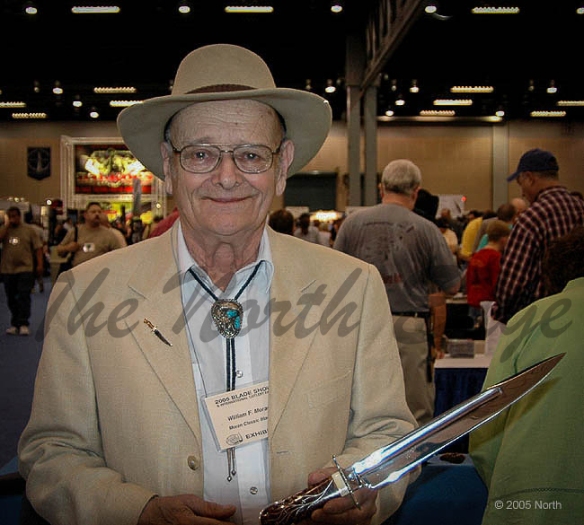
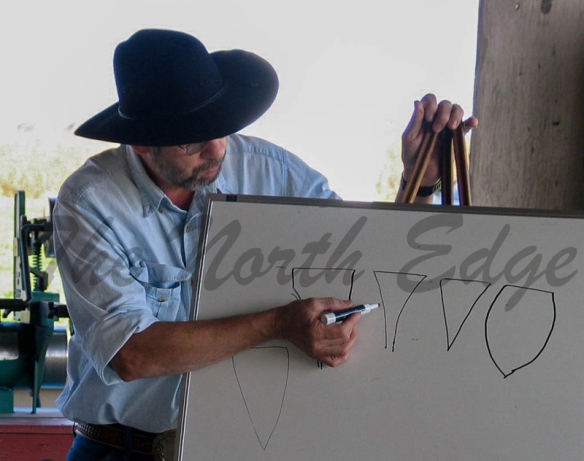
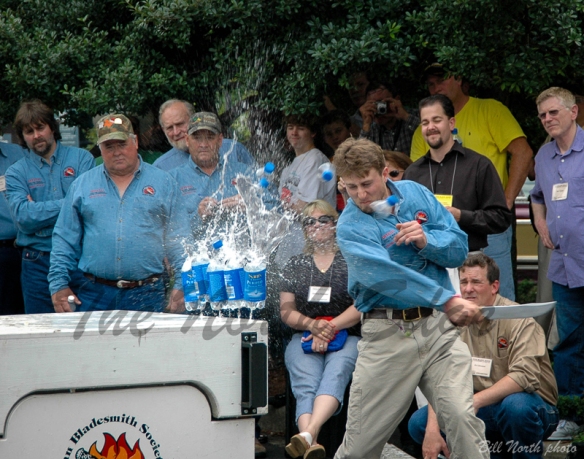
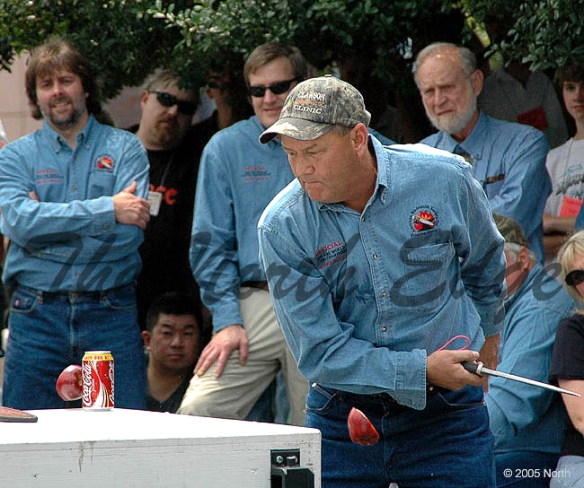
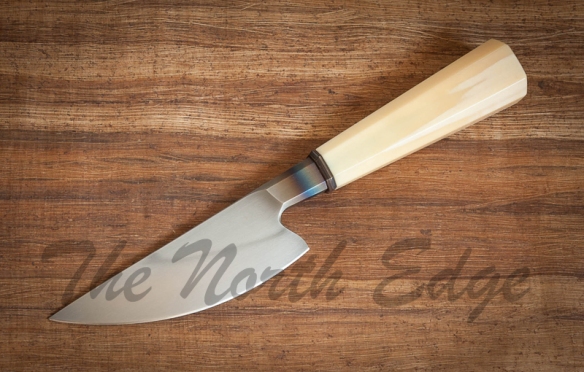




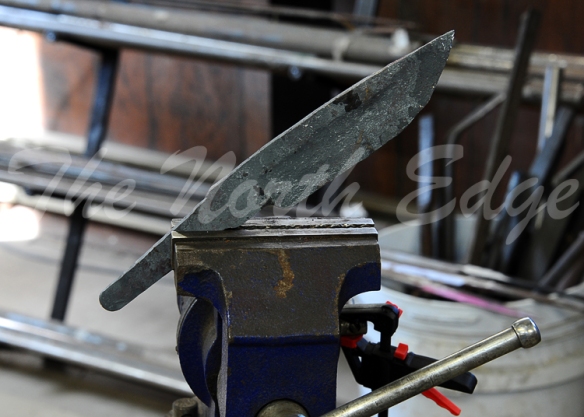
You must be logged in to post a comment.